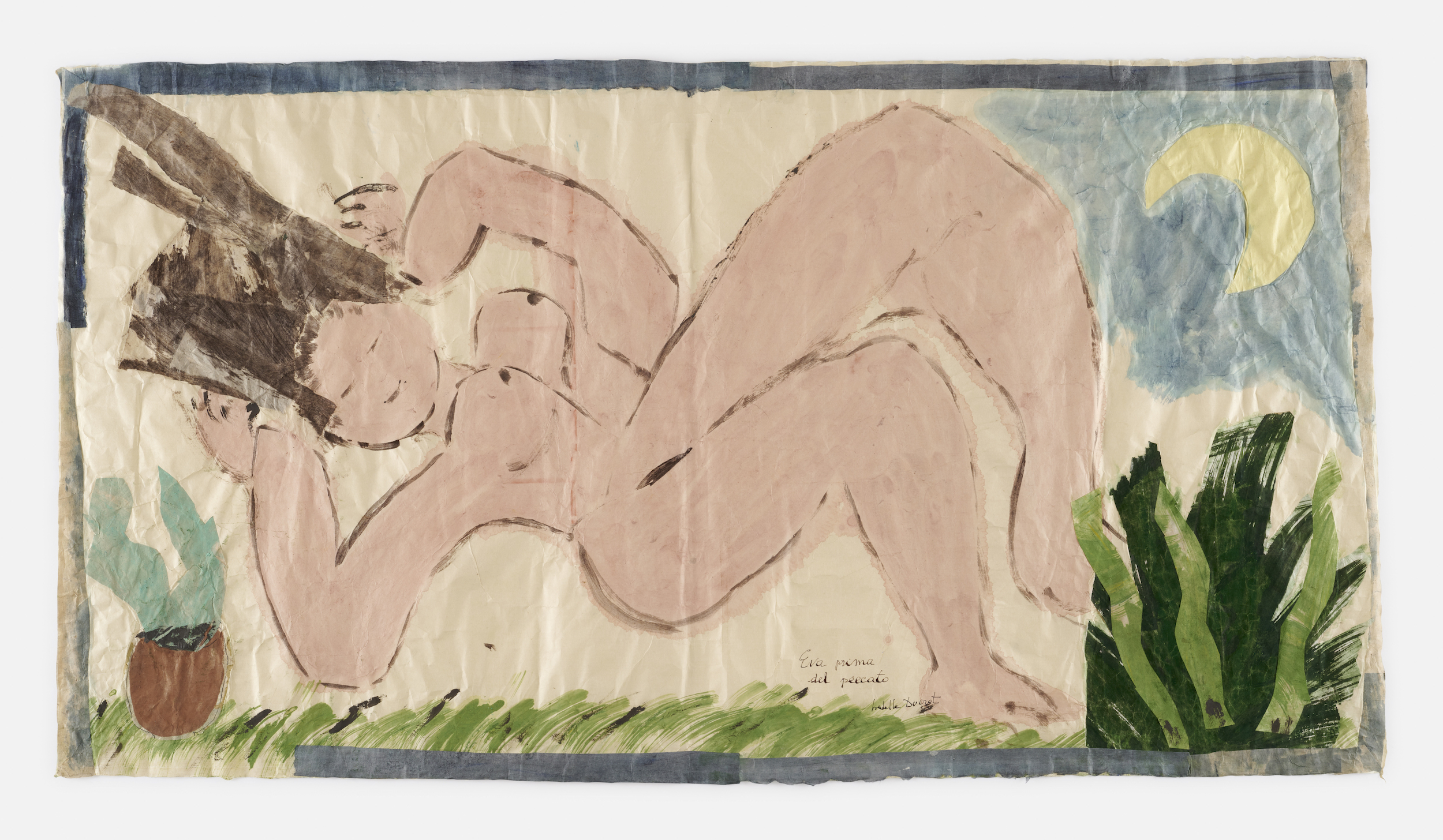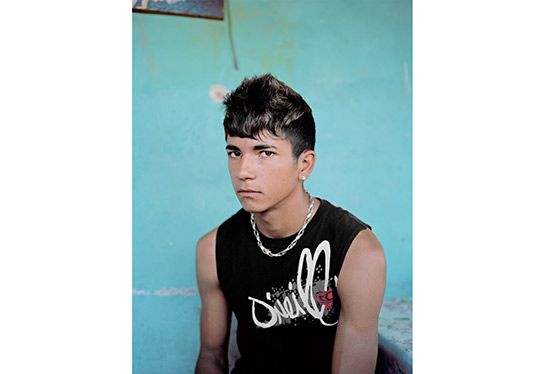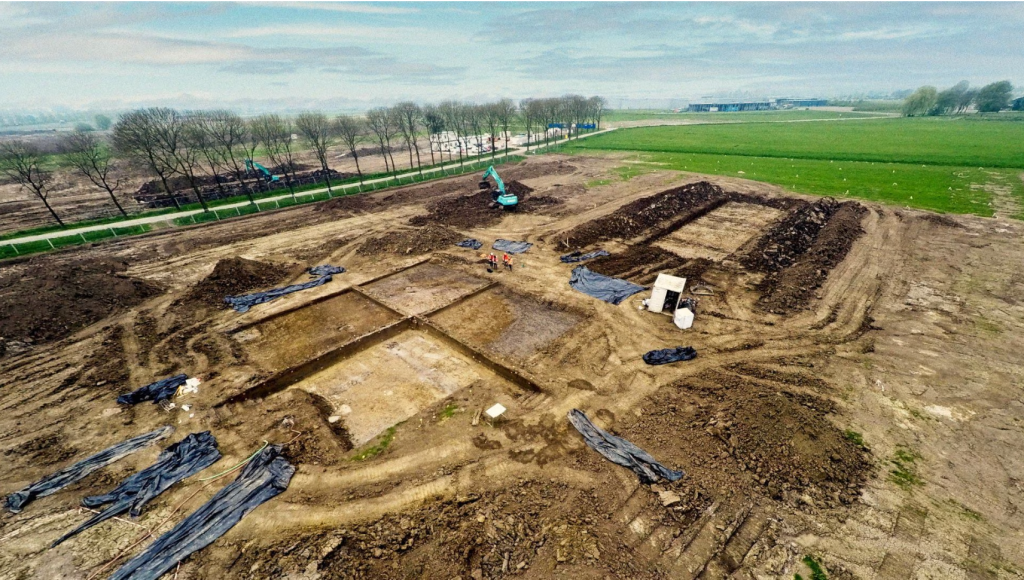DIJON, France — “In a fabric, the intersection of thread during its weaving establishes an unbreakable pact between the two opposed and distinct entities, the warp and the weft, and this pact is reaffirmed at every crossing thousands of times over.” So begins Isabella Ducrot’s The Checkered Cloth (La stoffa a quadri), a slim volume that the artist published with the Italian art-book publisher Quodlibet in 2019.
In her book, the Naples-born, Rome-based artist describes an epiphany she’d had years before, when she viewed “The Annunciation with St. Margaret and St. Ansanus” (1333) by Italian Gothic painter Simone Martini, with Lippo Memmi, in the Uffizi Gallery in Florence. The depicted scene is familiar biblical lore — the Angel Gabriel informing the Virgin Mary of her destiny as mother of Jesus — but Ducrot noticed, with surprise, that the fold of the angel’s cape, visible just under his wings, reveals a checkered plaid, a humble, everyday fabric rarely seen in religious iconography, and historically worn by women or children, or used for utilitarian purposes like wiping dishes. What could such a pattern mean, worn by an angel? Ducrot writes: “My story changed from that moment on, halfway through my life, and my days were and still are marked by the experience.”
Ducrot came late to art: Her rich textile works, drawings, and collages on paper were initially exhibited, at first sporadically and primarily in Italy, in the 1980s when the artist was in well into her 50s. Now, at 93, her irreverent approach to color, fabric, texture, and pattern has hit a nerve with not only the art world but also fashion: bold, oversize tapestries of her works lined the catwalk at the Maria Grazia Chiuri’s spring 2024 couture show for Dior.
At the Consortium Museum, Ducrot’s exhibition Profusione lives up to its title — the expansive show is a profusion indeed, of approximately 80 works that, in part, were born from the artist’s fateful, long-ago moment at the Uffizi. With its many textile pieces, some incorporating lush historical fabrics from the 9th to the 20th centuries that the artist collected over decades on travels to Afghanistan, China, India, and even Tibet, Profusione is a testament to the aforementioned pact between warp and weft.

Hung unframed on the walls, large-scale tapestries depict oversize garments reminiscent of kimonos, but simplified in shape, sometimes mere swathes of brocade or checkered fabric arranged in a cloak-like form. From a distance these cloaks appear to be cartoonish sketches or gestures emphasizing line and color, but up close their details become mesmerizingly complex. The lengths of fabrics, some of them stained or frayed from use, are collaged in ways that draw the viewer into an intricate topography of texture, line, and layers. Meticulous rows of even hand stitching (apparently still done by the nonagenarian herself) not only bind the layers of cloth together, but also become their own subtle form of mark making. Framing the shapes, and often the works as a whole, are broken (out)lines, boundaries of frames filled in or offset by mostly saturated, deep colors painted on the background canvases. Checkered cloths punctuate the scenario, and every so often, the artist paints a grid where none appears in her found materials.
In the show’s smaller fabric pieces, Ducrot paints repeating shapes (among them, dots and concentric circles), draws, collages materials like newsprint or handwritten script, or repeats handwritten words (“oh!” or “surprise”) on swaths of fabric, while in her works on paper, she turns back to figuration: In a numbered series from 2021 titled Tendernesses, lovers appearing in outline embrace in various lighthearted entanglements. Additional renderings of floral arrangements, teacups, pots, and other domestic accoutrements find beauty in banality. Motifs recur across works — an upside-down crescent moon appears over and over, as do background dots. Most works in the exhibition were created in the past five years, three of them made especially for this show — a floral bouquet in “Surprise” (2024) is a burst of exuberant color whose cutout shapes recall those of Henri Matisse. (Other works from the same series are on view through August 17 at Sadie Coles HQ in London, as part of her exhibition Remembering Flowers.)

It’s rare that I feel compelled to return to an exhibition and truly look at the work on the walls — to peruse the art at a range close enough to alarm the guards. I came back twice to Profusione, and I, too, had a small epiphany upon viewing the art: The meticulously assembled, labyrinthine stitches, sketches, scribbles, and other details could be interpreted as narrative threads weaving their way through a rich life, a web of memory, thought, perception. At the same time, some works, from a distance, are like children’s drawings of a dress — packed with verve.
The exhibition’s objects open a window into Ducrot’s thinking, her material explorations, her obvious joy in the quotidian, and most of all her resolute insistence on craft as art — this unapologetic binding of hand-sewing, a traditionally feminine activity, with painting and fine art are, like warp and weft, an unbreakable pact the various culture wars have long tried to shatter or unravel. At a time when anxiety and discord prevail in the world around us, Ducrot’s art is jarringly life affirming. It is by turns intimate, delicate, domestic, nurturing, and tactile, but also bold, playful, colorful, and earthy. That the artist is so prolific at 93 (she works every day in her studio in a Roman palazzo) can be seen as a form of resistance.
Fabric is often the first thing a newborn child experiences, besides the skin of the mother. Weaving cloth is one of the human race’s oldest crafts. In her book, Ducrot states that Martini’s painting gave her “encoded information”: in the checkered pattern, its feminine connotations, and the structure of the threads coming together to create something greater. These things are, for the artist, “a trinity that synthesize(s) a fabric of connection.” Profusione is a reminder that humanity, for all its oppositions, is still interconnected.



Isabella Ducrot: Profusione continues at the Consortium Museum (37 Rue de Longvic, Dijon, France) through September 8. The exhibition was curated by Franck Gautherot and Seungduk Kim.
Editor’s Note, 8/5/2024: Some travel for the author was paid for by the Consortium Museum.



